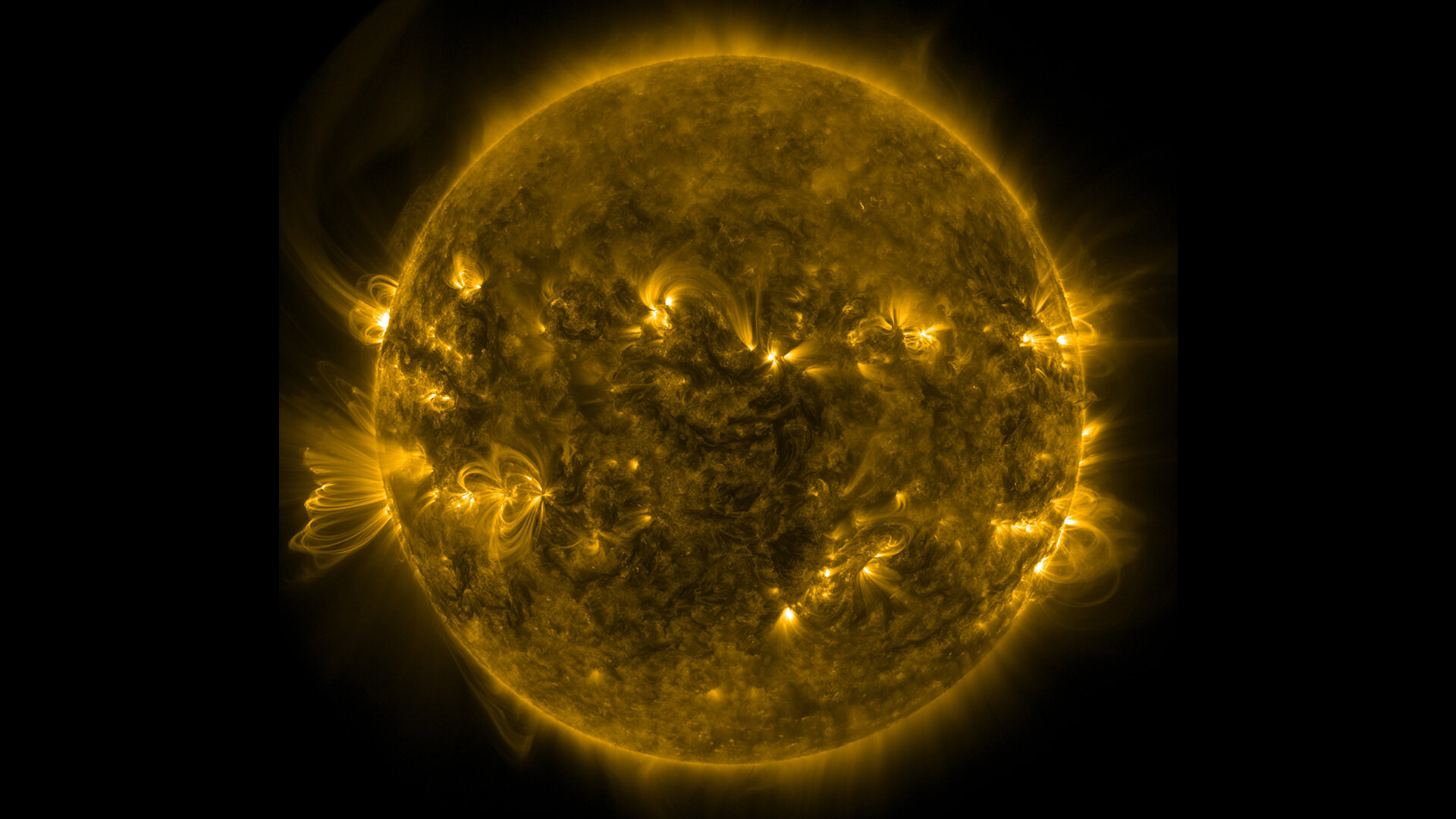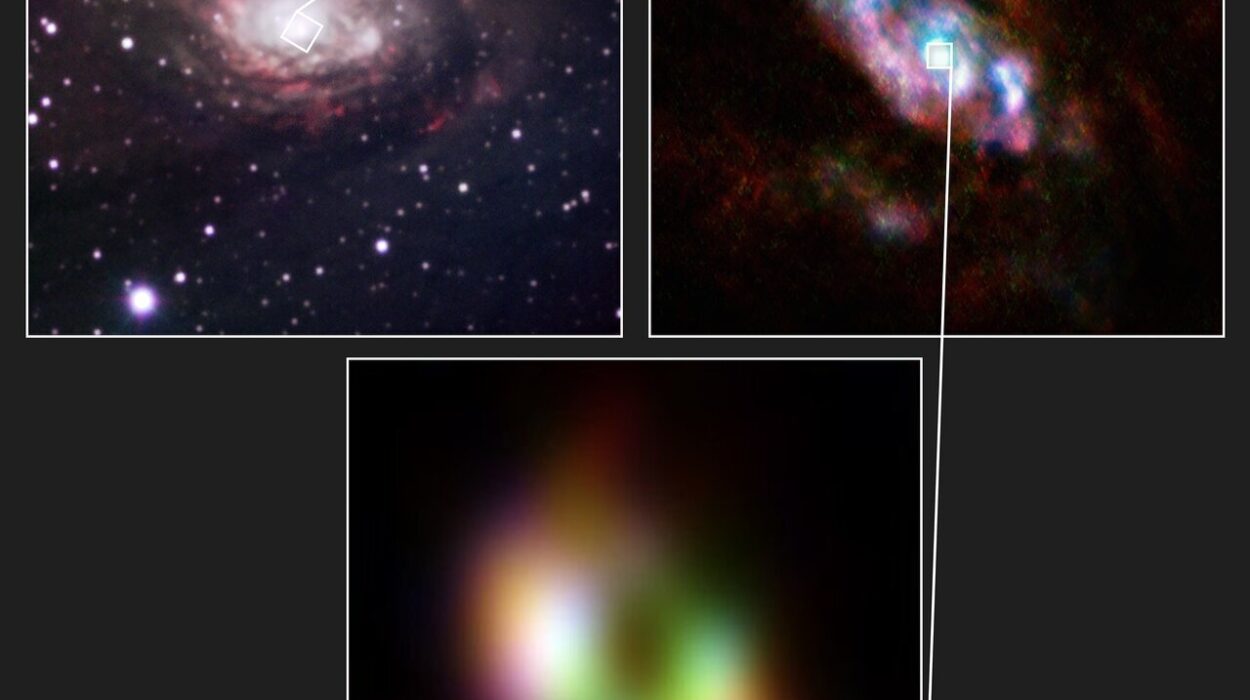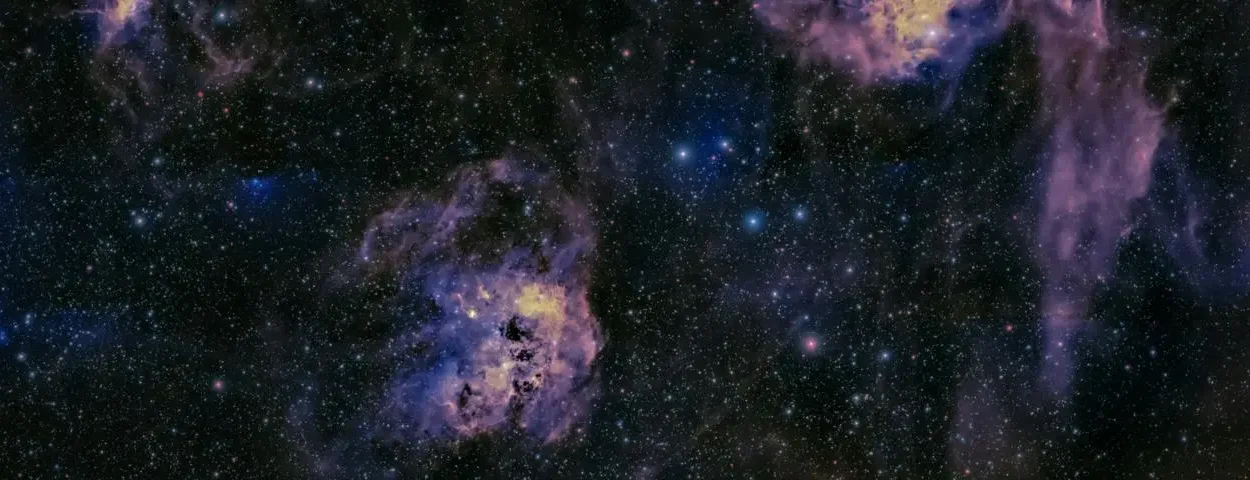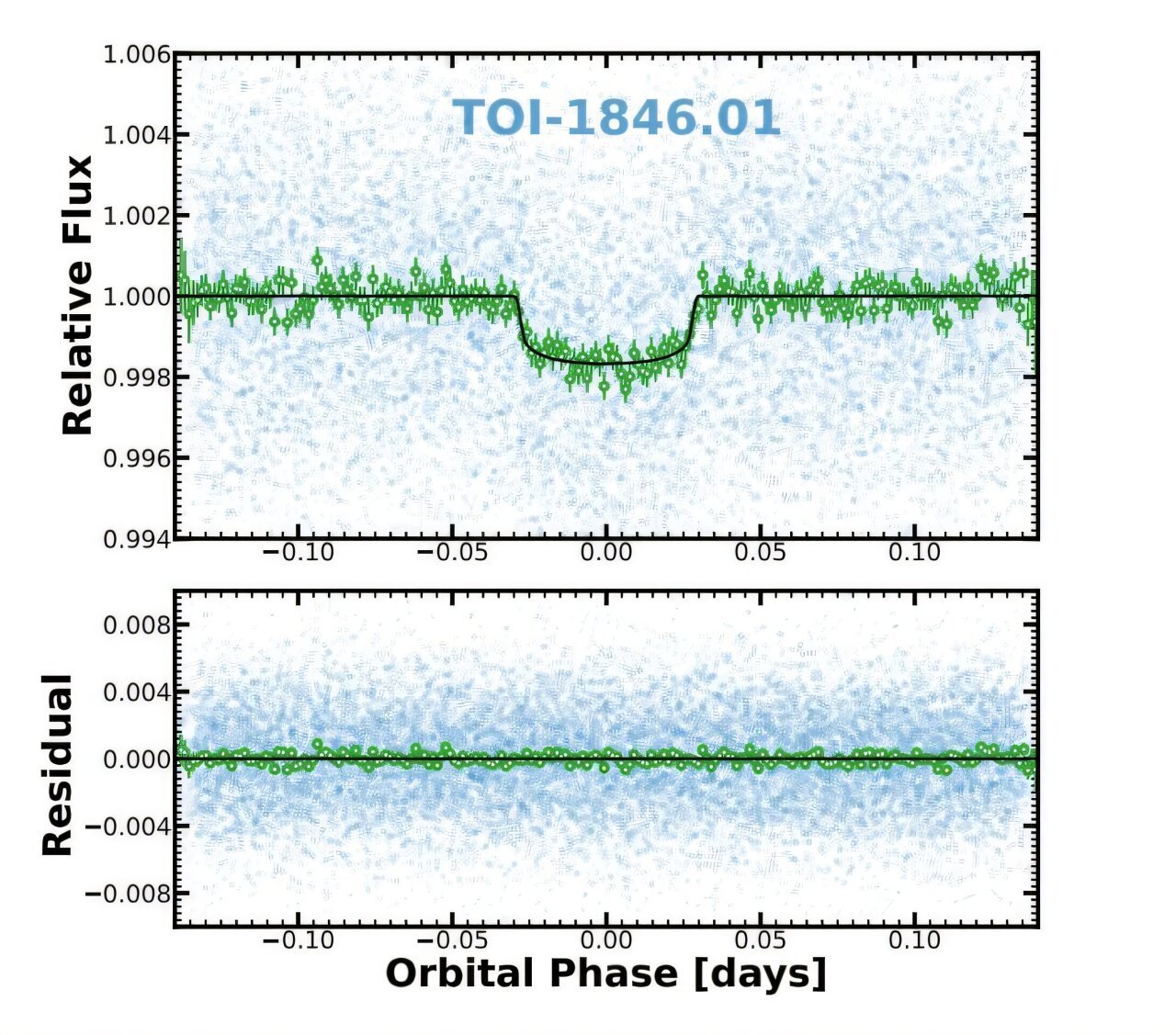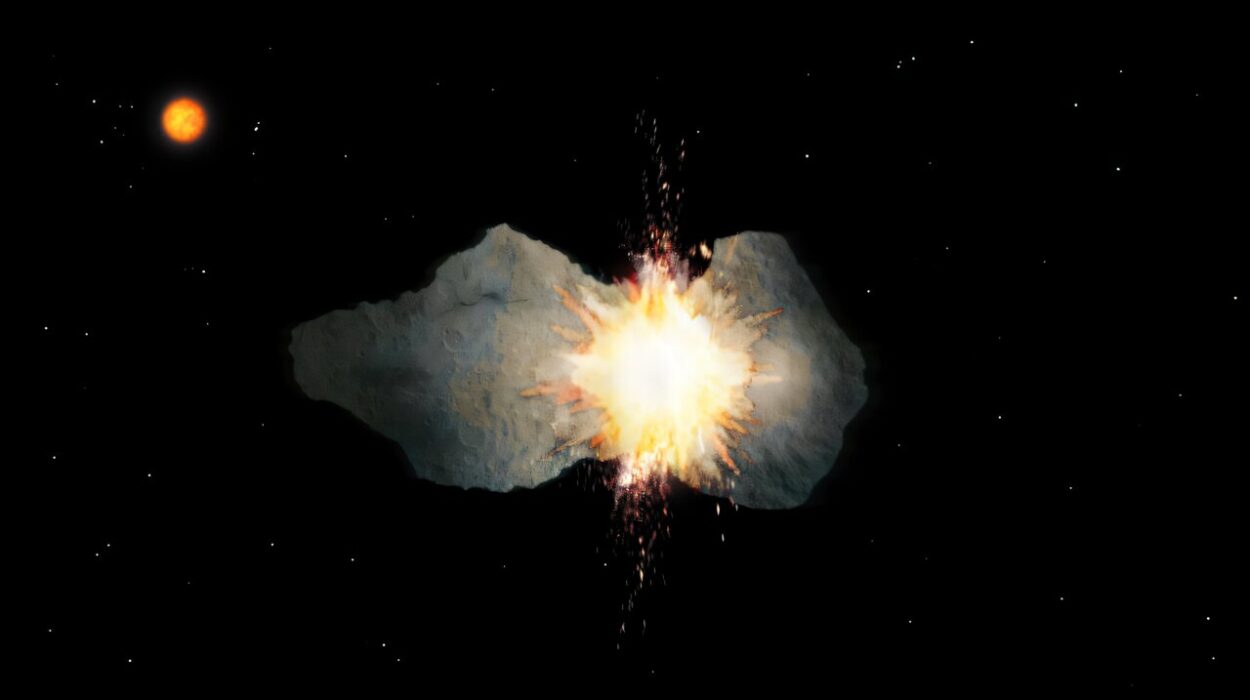High above the southern skies, visible to the naked eye and gleaming with quiet brilliance, β Hydri has long been regarded as a kind of celestial elder twin to our sun—a slightly heavier, older version of the star that sustains life on Earth. But now, in a twist that challenges our understanding of stellar aging, this seemingly peaceful subgiant is stirring again.
In a groundbreaking study published in Astronomy & Astrophysics, an international team of astronomers, led by Ângela Santos of the Instituto de Astrofísica e Ciências do Espaço (IA), has made the first direct measurement of β Hydri’s surface magnetic field. What they found stunned them: a magnetic force not fading with age, but roaring back to life. The star, it seems, may be undergoing a magnetic rebirth—a “born-again dynamo.”
“Studying solar-like stars, particularly at different stages of their evolution, is key to understanding how stars age and how their changing magnetic behavior impacts the systems around them,” said Santos, also of the University of Porto’s Faculty of Science.
A Surprising Pulse in an Aging Star
β Hydri, located just 24 light-years away in the constellation Hydrus, has been a favorite subject of astronomers for decades. It’s slightly more massive and older than the sun—already on the path from main-sequence star to red giant. Because of this, it offers scientists a rare chance to preview the long-term fate of our own star.
It was assumed that as stars like β Hydri evolve into subgiants, their magnetic fields wane. The internal dynamo—a swirling engine of magnetic activity powered by rotation and convection—was thought to slow down with age. But the data now suggests otherwise.
Using the highly sensitive HARPSpol spectropolarimeter at the European Southern Observatory’s La Silla Observatory in Chile, Santos’s team captured a detailed measurement of β Hydri’s surface magnetic field. Paired with prior data, including photometric observations from NASA’s TESS space telescope, the researchers calculated how fast the star is losing angular momentum—a process known as magnetic braking.
Their findings? β Hydri is shedding angular momentum at a rate several times higher than the sun. Far from winding down, its magnetic forces are ramping up.
“This is a clear sign that β Hydri hosts a large-scale magnetic dynamo, which is completely unexpected for a star at this stage,” said Santos.
A Born-Again Dynamo
The team’s observations bolster a fascinating and still-developing hypothesis known as the “born-again dynamo” scenario. According to this idea, stars like β Hydri don’t just age and fade; instead, as they expand into subgiants, changes in their internal structure—especially in the outer convective layers—can reignite magnetic processes thought to be dormant.
For decades, models predicted a kind of magnetic retirement for subgiants: their spinning slows, their magnetic cycles soften, and they grow quieter with time. But β Hydri’s behavior flips that assumption on its head. Rather than a gentle twilight, it seems to be entering a stormy new phase of life.
“This kind of behavior challenges our conventional understanding of stellar magnetic evolution,” explained Tiago Campante, head of the Stellar Astrophysics Research Group at IA and professor at the University of Porto. “It makes β Hydri a benchmark star—one we’ll be studying closely as we refine our models of magnetic braking and stellar dynamos.”
Implications for Planets—and for the Sun
The implications of this finding ripple far beyond a single star. If β Hydri can reignite its magnetic field so dramatically, what does that mean for stars like the sun? Could Earth’s long-term future include a resurgence of solar storms and space weather activity as our own star enters its subgiant phase?
According to co-author Ricardo Gafeira of IA and the University of Coimbra, the renewed activity on β Hydri may spell trouble for any planets in its orbit.
“If β Hydri has reignited its magnetic engine, then it may be generating stronger stellar winds and radiation,” he noted. “That could make the space environment around any nearby planet significantly more hazardous—just as planetary atmospheres might be weakening due to aging host stars.”
In other words, planetary systems that once basked in the mild temperament of middle-aged stars might face harsh conditions in their twilight years—conditions that could affect everything from atmospheric retention to the prospects for life.
Magnetic Mysteries and Solar Futures
This discovery is more than just an astrophysical curiosity. It cuts to the heart of how stars evolve—and how their magnetic personalities shape the worlds that orbit them. It also underscores how little we still know about the magnetic lives of stars, especially during their later stages.
For the IA team, this marks a significant leap forward. Their work reflects Portugal’s growing leadership in solar-stellar connection research—a field that brings together stellar evolution, magnetic field theory, and observational astrophysics in a rich interdisciplinary dance.
As for β Hydri, it remains up there in the southern sky, flickering faintly with secrets. We can see it with our own eyes on a clear night, unaware that it may be echoing the future of our own sun.
And in that light lies a paradox: the more we learn about other stars, the more mysterious our own becomes.
Reference: A. R. G. Santos et al, Magnetic braking and dynamo evolution of β Hydri, Astronomy & Astrophysics (2025). DOI: 10.1051/0004-6361/202554730
